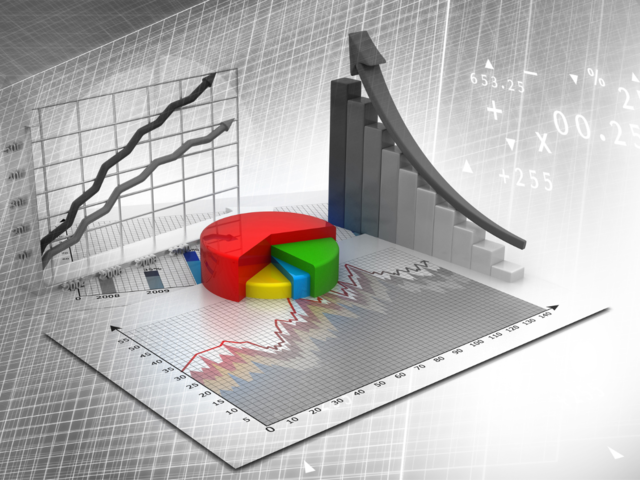In the realm of finance, the emergence of algorithmic trading has been a game-changer, particularly with the integration of quantitative analysis. This sophisticated approach, blending mathematical models, statistical techniques, and computer algorithms, is redefining how traders operate in the financial markets. This article delves into the essence of quantitative analysis for algorithmic traders and illustrates its application through an example strategy.
The Core of Quantitative Analysis
Data-Driven Decision Making: At the core of quantitative analysis lies the extensive use of historical market data. Traders analyze variables such as price movements, volume, and volatility to unearth patterns and trends. Unlike traditional methods that may rely more on intuition, quantitative analysis is firmly rooted in empirical evidence, offering a more objective basis for trading decisions.
Statistical and Mathematical Models: The heartbeats of quantitative analysis are the statistical methods and mathematical models used to decipher market behaviors and predict future movements. Techniques like regression analysis, time series analysis, and increasingly, machine learning algorithms, allow traders to forecast market trends and test the feasibility of their trading strategies in a simulated environment.

This is a list of some Statistical Models use in Algorithmic Trading:
1. Linear Regression Model:
- Linear regression is a fundamental statistical model used in quantitative analysis for predicting a dependent variable based on one or more independent variables. In algorithmic trading, it is often used to identify relationships between different financial indicators or assets. For instance, a trader might use linear regression to predict future stock prices based on factors like past prices, trading volume, or economic indicators.
- This model is crucial in analyzing sequential data points collected over time. In algorithmic trading, time series analysis is used to forecast future price movements based on historical price data. Models like ARIMA (AutoRegressive Integrated Moving Average) are commonly employed for analyzing and making predictions about time-dependent data, helping traders to identify trends, cycles, and seasonal variations in the market.
3. Monte Carlo Simulation:
- This model uses repeated random sampling to simulate a range of possible outcomes in a process that cannot easily be predicted due to the intervention of random variables. In the context of algorithmic trading, Monte Carlo simulations are used to model the probability of different outcomes in a market scenario. This approach helps in assessing the risk and uncertainty in market forecasts and investment portfolios, allowing traders to understand the impact of risk and uncertainty in their trading strategies.
Algorithm Development: Insights gained from quantitative analysis are translated into sophisticated algorithms. These are programmed to follow meticulously derived rules from the quantitative analysis. Whether it’s deciding the optimal time to buy or sell, determining trade size, or implementing risk management protocols, these algorithms are designed to execute trades with precision and speed.
Some Application in Risk Management and Strategy Testing:
Risk Management: An indispensable aspect of quantitative analysis is its role in risk management. Through mathematical models, traders can quantify various risk factors and devise strategies that maintain a balance between potential returns and associated risks.
Backtesting: A pivotal step in strategy development is backtesting, where a trading strategy is rigorously tested using historical data. This process not only validates the effectiveness of a strategy but also identifies potential areas of improvement.

Execution Optimization and Adaptability: In the fast-paced world of trading, optimizing trade execution is crucial. Quantitative analysis assists in minimizing costs and the impact of slippage.
Conclusion
Quantitative analysis for algorithmic traders is more than just number-crunching; it’s an intricate blend of data analysis, statistical inference, and algorithmic execution that requires proficiency in mathematics, statistics, and programming. It represents a paradigm shift in trading methodologies, moving away from gut-driven decisions to a more methodical, data-driven approach. As the financial markets continue to evolve, the significance of quantitative analysis in algorithmic trading is only set to increase, promising a future where trading decisions are as precise as they are profitable.

